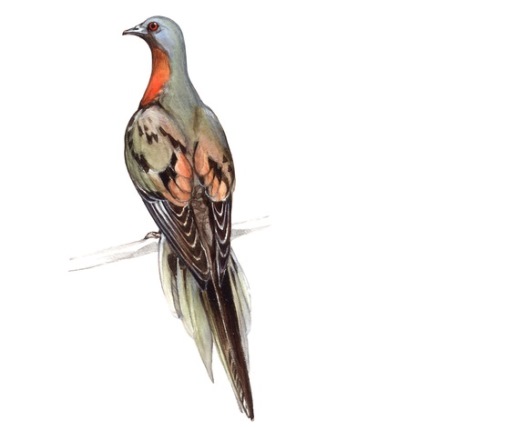Passengers to Extinction

Rajith Dissanayake asks whether humans will ever be able to rein in their appetites in order to stop extinctions
The Biologist 61(6) p13
Martha, the last passenger pigeon (Ectopistes migratorius) on Earth, died in Cincinnati Zoo 100 years ago in September 1914. Named after George Washington's wife, Martha's life was relatively peaceful compared with those of hundreds of millions of her kin. Once the most common bird in North America, they were hunted to extinction.
Despite disputes over the various causes of their demise, the coup de grâce is no mystery[1]. The arrival of railways after the civil war, and telegraphic communication, accelerated a programme of highly commercialised hunting on their breeding colonies, largely for food.
Americans once considered it unthinkable that the birds could ever be extirpated. As The Penny Magazine quoted in 1833: "Their associating together... in such prodigious numbers as to almost surpass belief ... has no parallel among any other feathered tribes on the face of the Earth with which naturalists are acquainted."
Want to continue reading this article?
Click to login.


